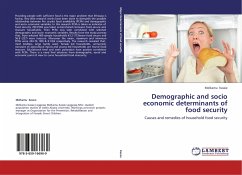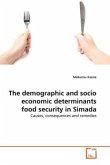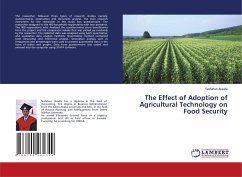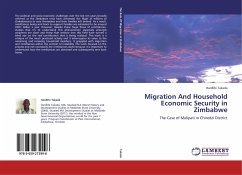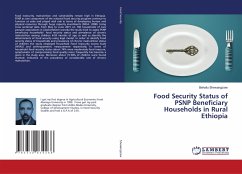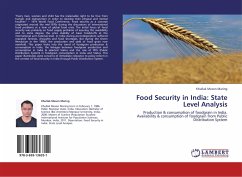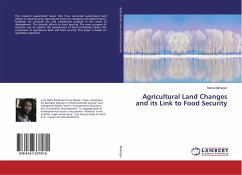Providing people with sufficient food is the major problem that Ethiopia is facing. Very little research works have been done to demystify the possible relationship between Per ca-pita food availability (PCFA) and demographic and socio- economic variables. In this research PCFA is taken as indicator of food security. 250 PCFA was taken as benchmark between food secure and insecure households. Then PCFA was later correlated with selected demographic and socio- economic variables. Results from the study portray that, from selected 400 sample households 43.2 (173)were food secure and 56.8 (227) were insecure. Moreover the mean, maximum and minimum PCFA were 243.74, 950 & 0 KGS respectively. The research revealed that, most landless, large family sized, female led households, unmarried, nonusers of agricultural inputs and young led households are found food insecure. Educational level and oxen possession have positive correlation with PCFA. There is a need find solutions from demographic, social and economic point of view to curve household food insecurity.
Bitte wählen Sie Ihr Anliegen aus.
Rechnungen
Retourenschein anfordern
Bestellstatus
Storno

